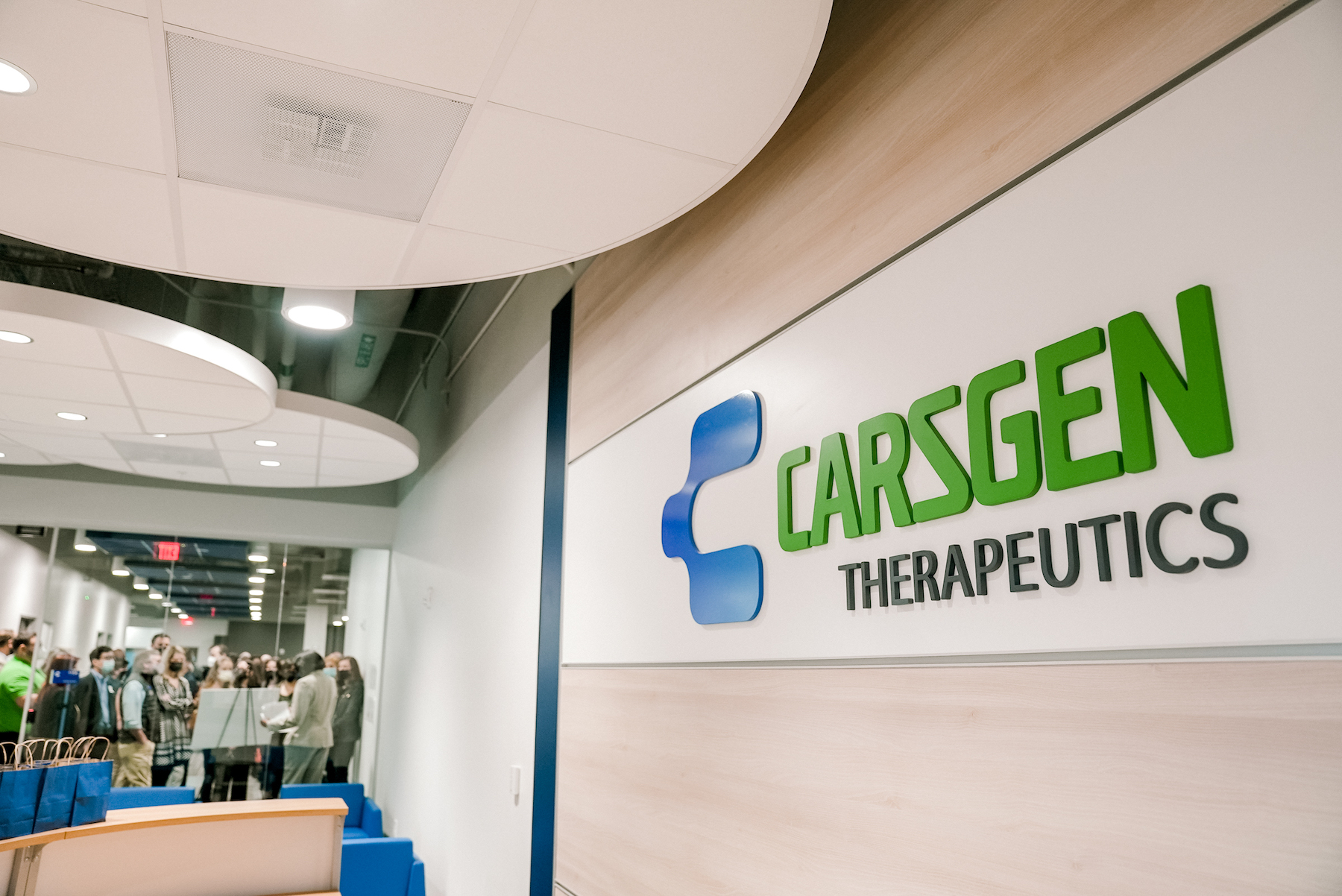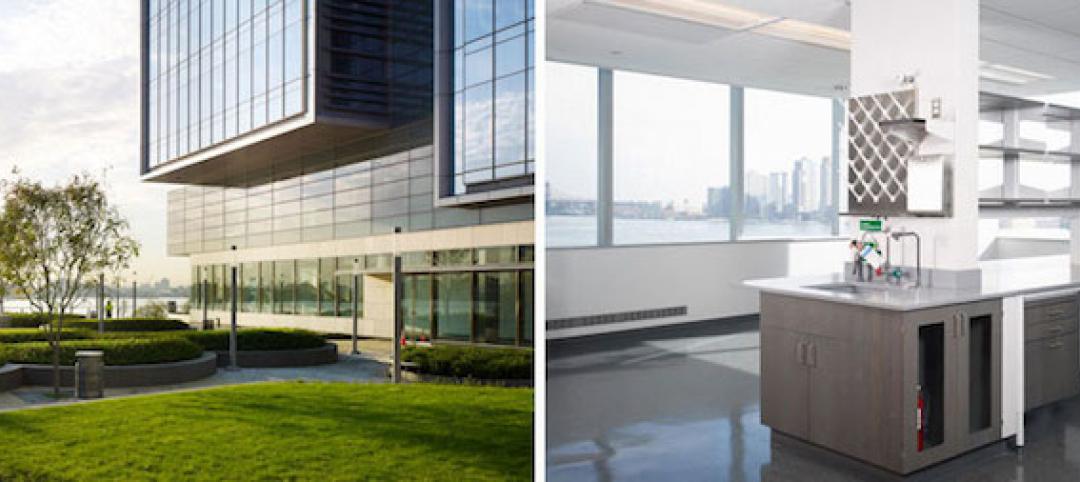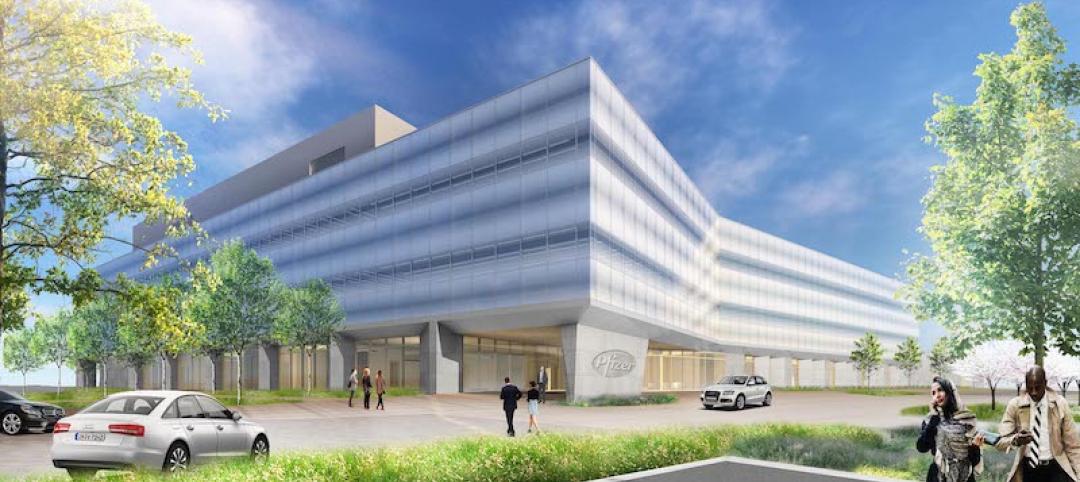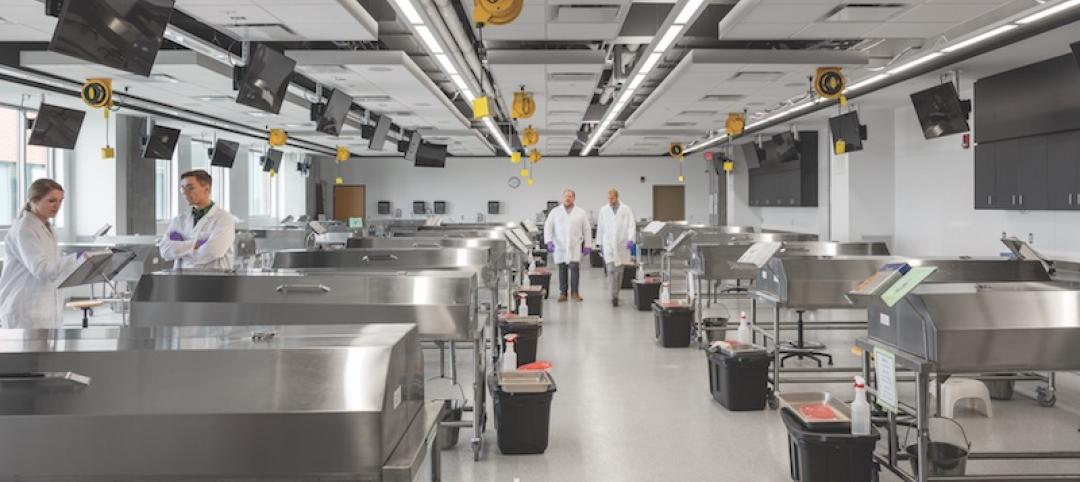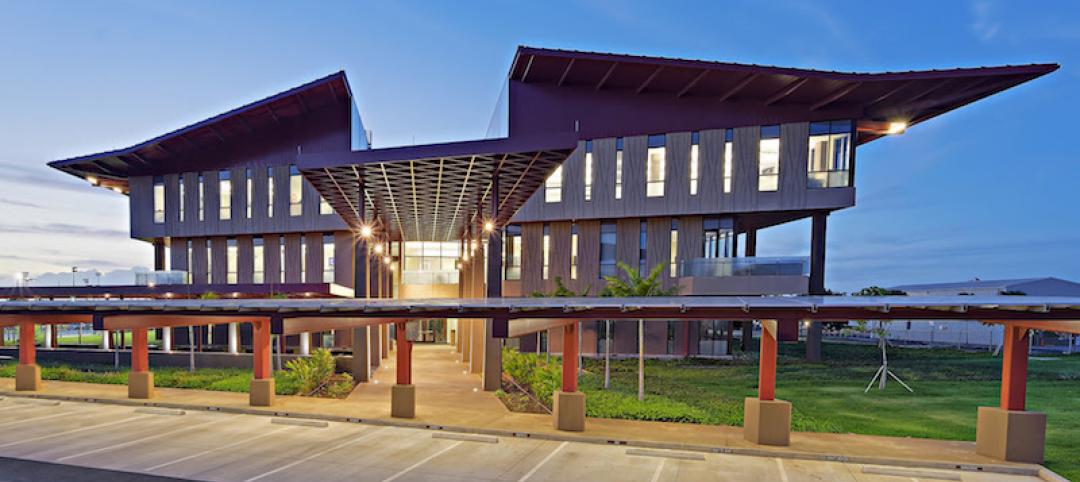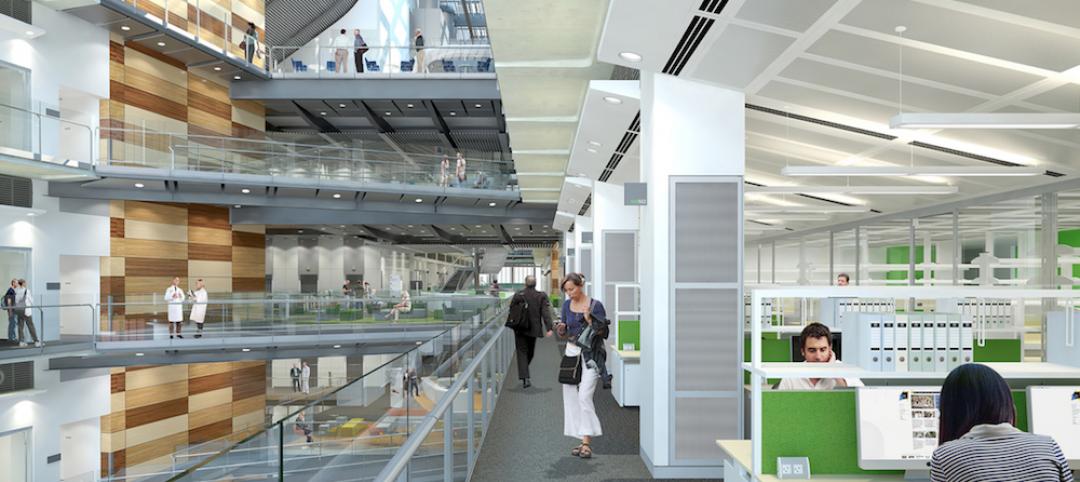In late January, CARsgen Therapeutics, a biopharmaceutical company with operations in China and the U.S., started moving employees into a biomanufacturing facility in Durham, N.C., the company’s first such operations in North America.
CARsgen has clinical offices in Houston, and its holding company was founded in Shanghai in 2014. It is investing $157 million for the North Carolina campus, which is expected to eventually house 200 workers by 2026. That campus is being developed in two phases: the first (which opened officially on February 21) is a 37,000-sf research and development lab for early-stage manufacturing of chimeric antigen receptor T-cell (CAR-T) therapies that battle cancers. Upon FDA approval of those therapies, CARsgen will start construction on a 100,000-sf cGMP commercial manufacturing plant.
Jie Jia, PhD, CARsgen’s Vice President of Strategic Alliances and Operations, is hopeful that the factory can be started by late 2022.
This project is but the latest example of demand-driven construction of lab space. The Raleigh-Durham market is a hot bed for companies developing CAR-T therapies that use patient-derived T cells that are customized in the manufacturing process for each patient.
Jie tells BD+C that his company selected North Carolina’s Research Triangle for its campus because of its “local ecosystem” that, according to the North Carolina Biotechnology Center’s website, includes three comprehensive cancer centers—UNC Lineberger, Duke Cancer Institute, and Wake Forest Baptist Health—as well as the NC Rare Disease Network and the North Carolina Precision Health Collaborative.
CARsgen reportedly considered locating its facility in Maryland, which offered $35 million in incentives, but ultimately chose North Carolina, which offered a $2.2 million grant and tax reimbursement package over 12 years, according to the state’s Economic Development Partnership, which with NCBioTech and North Carolina’s Department of Commerce recruited the company.
Helping CARsgen with site selection was CRB, an AEC and consulting firm that specializes in life sciences projects. It has been working with CARsgen since late 2020 to develop the entire program in North Carolina. CRB is providing engineering, design, and construction services as part of a building team that includes EAS (prefabrication), Star Electric (electrical), Edwards Inc. (structural, demolition, and concrete), and Dagard (which provided the lab’s cleanroom wall and ceiling panel systems).
LAB FACILITY IS LIKE BUILDING AN OREO COOKIE IN REVERSE
The R&D facility is an adaptive reuse of what had been an office and warehouse built in the early 1990s. CARsgen singled out this building over several others it and CRB looked at, explains Jie, because “it could be transformed quickly.” But that didn’t necessarily mean easily.
The first building took 13 months from conception to occupancy, and construction started in July 2021, says Ryan Lowder, DBIA, Project Director for CRB. The design team considered 15 different floor plans, as CARsgen at first preferred a smaller facility. “It realized that its plans needed to expand to accommodate the number of patients it would be creating drugs for,” Lowder explains.
The project’s biggest challenge, says A.L. Nesbitt, CRB’s Project Management Group Lead, was getting the floors to the height needed for HVAC systems the cleanroom required. This single-story building had an interior ceiling height of 18 feet, “which wasn’t optimal,” laments Lowder. The headroom space for the lab’s cleanroom is a tight nine feet, six inches, says Nesbitt.
In addition, the building team had to refortify the building’s floor slab—which over the years had been cut up into pieces for multiple tenants—to support new equipment plus dead loads like ductwork.
In adapting the building, CRB deployed its ONEsolution integrated project delivery (IPD) approach. Lowder elaborates that the building used a “self-supporting” modular cleanroom system, so that everything else in the lab could be installed first to meet timelines and the space available. “It was like building an Oreo cookie in reverse,” he quips. Abetting this approach was offsite manufacturing, by EAS, of ductwork, pipe racks, and other components that were assembled into five large sections and then transported to the jobsite for installation.
Nesbitt observes that developers of offices and labs are scrambling to get into cleanroom construction. CRB, which already had the expertise, was “lucky” to be working with CARsgen, “that was willing to be innovative,” she says. Jie adds that his company is receptive to adaptive reuse for future expansion. But supply chain snags for materials pose dilemmas. “So we have to get into projects earlier,” he says. That’s especially true for a biopharm company whose business model success hinges on speed to market.
Related Stories
Laboratories | Sep 12, 2017
New York City is positioning itself as a life sciences hub
A new Transwestern report highlights favorable market and regulatory changes.
Laboratories | Aug 3, 2017
Today’s university lab building by the numbers
A three-month study of science facilities conducted by Shepley Bulfinch reveals key findings related to space allocation, size, and cost.
Laboratories | Jul 18, 2017
Pfizer breaks ground on new R&D campus in St. Louis suburb
The facility will consolidate the company’s local workforce, and provide flexible work and research spaces.
Building Team Awards | Jun 12, 2017
The right prescription: University of North Dakota School of Medicine & Health Sciences
Silver Award: North Dakota builds a new medical/health sciences school to train and retain more physicians.
Laboratories | Apr 13, 2017
How to design transformative scientific spaces? Put people first
While most labs are designed to achieve that basic functionality, a transformational lab environment prioritizes a science organization’s most valuable assets: its people.
Laboratories | Sep 26, 2016
Construction has finished on the world’s largest forensic anthropology lab, designed by SmithGroupJJR
The lab’s main purpose will be to help in the investigation, recovery, and accounting of Americans lost in past wars.
Laboratories | Aug 8, 2016
The lab of the future: smaller, flexible, tech-enabled, business focused
A new CBRE report emphasizes the importance of collaboration and standardization in lab design.
Laboratories | Jun 16, 2016
How HOK achieved design consensus for London's Francis Crick Institute
The 980,000-sf, $931 million facility is the result of a unique financing mechanism that brought together three of the U.K.’s heaviest funders of biomedical research—the Medical Research Council, Cancer Research UK, and the Wellcome Trust—and three leading universities—University College London, Imperial College London, and King’s College London.


